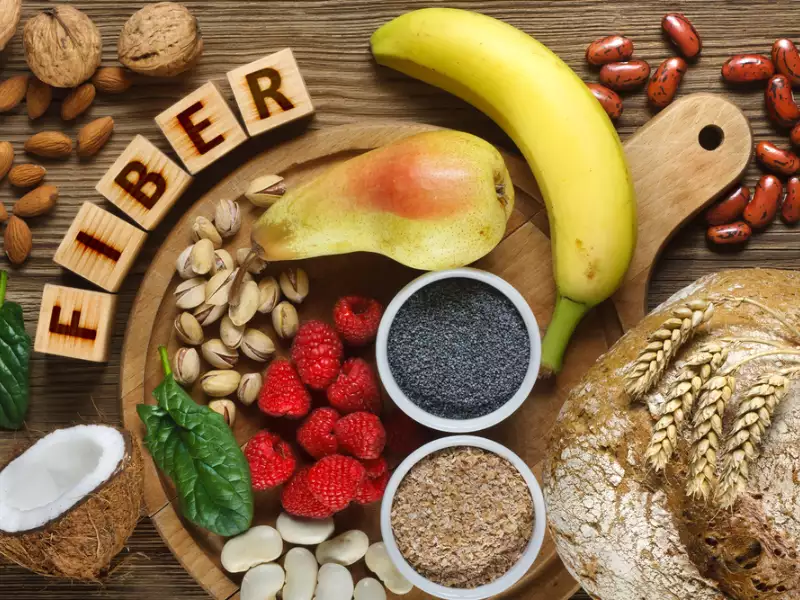Fiber is a carbohydrate that comes from plants. Like it does with other carbs, the small intestine does not digest or absorb fiber (sugar and starch).
Instead, it enters the large intestine undigested where it is completely or partially metabolized by the regular bacterial flora. A diet that is both healthy and balanced must include fibers.
Foods high in fiber include lentils, bananas, barley, nuts, cucumbers, and whole grains. It is advised to gradually increase fiber consumption because doing so can cause bloating and constipation.

Nutritionists list the following as the health advantages that fiber contributes:
Regular bowel motions
Fiber causes a bulking up of the feces. The stool becomes softer and larger as a result. When your stools get bigger and easier to pass, the likelihood of experiencing constipation reduces.
Reduces indigestion
Fruits, vegetables, nuts, and grains are examples of foods high in fiber that absorb liquids in the digestive tract and stop stomach acid from being displaced.
Maintaining a healthy weight
A diet high in dietary fiber, which heightens sensations of fullness and aids in preventing obesity, encourages this. Fibrous foods assist you to avoid consuming too many calories since they are nutrient- and energy-dense and have fewer calories per unit of food than other foods.
Regulates blood sugar
The glycemic index (GI), a measurement of how soon each food affects your blood sugar (glucose) level after you eat it, is low for fibrous foods. Thus, insulin sensitivity is decreased. Soluble fiber helps reduce blood sugar rises. It absorbs water when it is in contact with water and forms a gel-like substance that delays the intestinal absorption of monosaccharides. This results in the blood sugar being steadily regulated as opposed to sugar.
Subscribe to our YouTube channel to catch your favorite Switch TV shows.
Reduced cholesterol
Soluble fiber binds to cholesterol in the small intestine and lowers levels. Once inside the small intestine, the fiber bonds to the cholesterol particles, preventing them from entering the bloodstream and spreading to other parts of your body.
Heart conditions
A diet high in soluble fiber controls the levels of LDL, or “bad” cholesterol, hence lowering total cholesterol and preventing artery blockages. As a result, there is less inflammation, which lowers the strain on the heart and decreases the risk of heart disease.




























